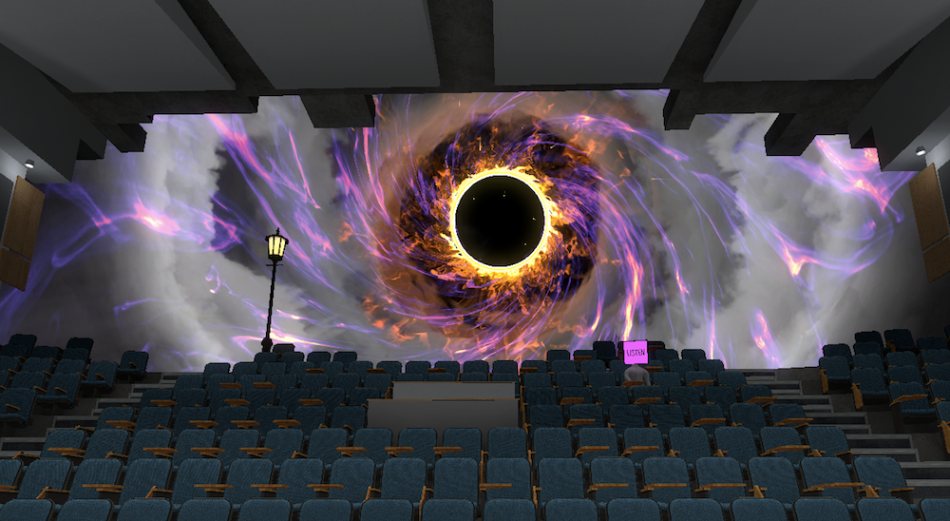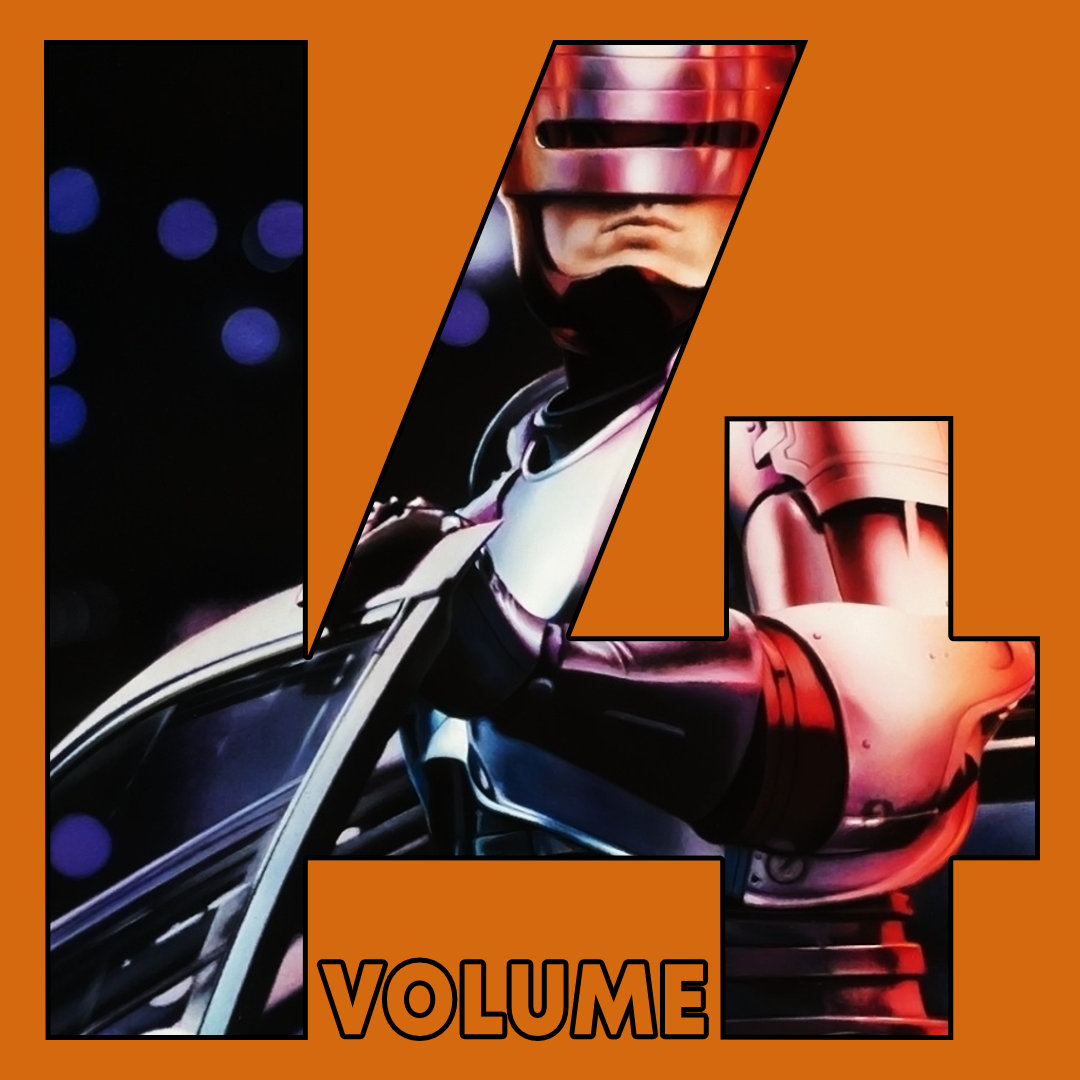Spoilers for The Beginner’s Guide follow. Though there is little in the way of “plot”, in the conventional sense, to spoil, I strongly recommend engaging in the discussion in which I am participating after completing the game. It only takes about an hour and a half, if you’re really crawling through it.
There’s a certain credibility that comes from writing about the real world.
While fictional stories give authors unrestricted freedom to conjure any situation necessary to make the story more interesting, there is something uniquely appealing about true stories.
Though I have not even a tangential link to a soldier in the trenches of World War I, there is a certain gravity to reading his letters home that would not exist if he was an entirely fictional being. Something about reality makes these stories and accounts important.
For this reason, a portion of fictional literature is made to appear as if it takes place within the real world, or that it is commenting on something real.
Ghost stories told around campfires almost always playfully suggest that the story happened to the friend of the storyteller or that the story took place in the very forest in which the group now sits. Similarly, films such as The Blair Witch Project and Cannibal Holocaust go to great lengths to conceal the fact that they are scripted films, instead presenting themselves as almost voyeuristic happenstantial recordings that capture the most terrifying moments in the lives of their anonymous subjects.
William Goldman’s The Princess Bride is written in such a way that suggests that Goldman is writing an abridged and mercifully more readable version of an older novel. He includes details that corroborate his account, such as his comments to the reader that he will be skipping over long, boring descriptions. Taken in their proper context, they are fun, tongue-in-cheek jabs at writers who are needlessly flowery and roundabout in their language.
Equally valid, though, is the criticism that Goldman is taking the piss out of his imagined original author’s descriptions of indigenous wildflowers as a way around describing the wildflowers himself. By winking to the audience and punching down to some imagined other entity, Goldman may be avoiding some of the more tedious but necessary parts of storytelling.
In 2015, Davey Wreden, writer of The Stanley Parable, released The Beginner’s Guide, a curious game that plays like a museum exhibition of the work of Wreden’s close friend named Coda.
It is a collection of many short, non-gameplay-focused interactive experiments made in Valve’s Source engine. The games (as I will call them, though they are most often without objective or challenge. The simplest of which only require players to walk a few steps in a straight line) usually include one or two interesting ideas, but are incomplete experiences in themselves.
The games can all be classified into the (pejorative?) colloquial genre of “walking simulator”, a term that was, in its inception, probably meant to be derisive of mechanically-unsophisticated games such as Gone Home and Proteus, but has since been more or less embraced as an apt description for that type of game.
The walking simulator is typically a slow, meditative, and meaningful experience. Like abstract art, the purpose or message usually has to be inferred from the player’s emotional journey or the narrative negative space rather than being presented as a straightforward story.
Ambiguity is incited to raise questions within the audience in hopes of encouraging the audience to draw upon their own feelings and experiences to fill in the narrative negative space. In this way, the interaction in the walking simulator takes place off the screen as much as on, as players are constructing their own internal understandings of the content being presented.
There’s an inherent mystery in the walking simulator genre. The absence or obfuscation of straightforward storytelling makes the search for meaning exciting. What do Proteus’ mysterious stone statues mean? Why does the father in Gone Home have so many X-Files VHS tapes? How does the setting of Dear Esther reflect the story being told in the narration? Ambiguity incites a yearning to find meaning, as long as the audience is convinced that meaning exists.
This is where the structure of The Beginner’s Guide becomes difficult. Wreden blurs the line between reality and fiction as Wreden, the author, has created the experience while simultaneously, Wreden, the character in the story that he is telling, gets to play the part of the clueless audience member, guessing at the greater meaning behind the games that the fictional Coda has created.
Before I continue with my analysis of the structure of The Beginner’s Guide, the central question of the narrative must be addressed: is Coda a real person?
I’ve already made my position known, but I think that valid arguments exist on both sides of the argument. Wreden does present some convincing suggestions that Coda is real. In the first interactive vignette, Wreden states that he does not have a full understanding of Coda, and that he would love to hear alternative interpretations of Coda’s games, even giving his (probably real?) e-mail address as a place where players can engage in that conversation with him. The simple fact that Wreden is playing himself and referencing real-world events and places makes the story quite plausible.
In fact, many of the smaller details that Wreden cleverly included in the game, such as the dialogue system aesthetically changing at a certain point in Coda’s library indicating a higher level of mastery over the Source tools, make a more convincing argument for the genuineness of the articles presented.
On the other hand, I tend to believe the evidence that supports the supposition that Coda is not a real person. First and foremost, it would be illegal and unethical for Wreden to publish and charge for a collection of his friend’s games without his permission. Given how direct Coda’s instructions to not share his games were (as seen in the last of his creations), this would potentially ostracize Wreden from the game development community.
Secondly, and more convincingly for me, is the fact that The Beginner’s Guide has an original score, composed by Ryan Roth, which Coda would not have bothered doing for incomplete games that he would eventually trash and never go back to.
All of that said, I believe it to be quite clear that Coda is a fictional character, and I will operate under that assumption. Should you hold the equally valid opposite opinion, though, I invite you to swap in the appropriate language to your reading of the situation. Operating under the assumption that Coda is a fictional character created to convey the narrative that Wreden wanted to write, it is clear that Wreden designed each of the Guide’s interactive vignettes himself, hoping to impart meaningful experiences to his audience members.
A potential criticism of the collection could arise from this realization, though. Within the fiction that Wreden created, these vignettes were unfinished — trashed by their creator before the ideas could fully blossom. This is one of the central tragedies of the collection.
Wreden, the character within the story, bemoans Coda’s lack of commitment to finishing his projects, which could be read as Wreden making some strange, sideways excuse for the games that he, in reality, left “unfinished”. Would not a more noble venture have been to develop the ideas seen within the collection instead of offloading a “greatest hits”-type collection of disconnected and unfinished games?
Would not a collection of vignettes in this style be welcomed by the itch.io community, with the pretense of the fictional falling-out of two creators dropped? Does it not reinforce the criticisms that detractors have been pitching at the walking simulator genre from the beginning, loading the game with intentionally meaningless imagery that has the vague flavor of meaningfulness (such as the recurring arrangement of three dots or the lamppost at the end of most levels)?
It is cowardice and lack of confidence in his own creation that compels Wreden to hide behind the façade of another name, presenting to his audience the equivalent of a “found footage” game that was “never meant to be seen”?
Ultimately, your answers to these questions will hinge upon the opinion you take on one larger question: what is the point of The Beginner’s Guide?
I posit that the collection would be problematic for the reasons stated above if its purpose was to exhibit some of the interesting gameplay ideas floating around in Wreden’s mind. I believe, though, that this was not the collection’s point. Instead, I believe the games are just props in the bigger story being told.
This may not appear to be a meaningful difference at first, but it does slightly re-contextualize the collection. The central narrative, the thing that Wreden wants players to walk away thinking about, is the story of an artist losing his passion for what he is creating after he begins creating it for someone other than himself. Each game is created to depict a step along this pathway rather than being a meaningful entity in and of itself.
To an equal extent, though, it seems to be a story about depression… or something.
This is where the writing lets the subject matter down a bit. Wreden tells of Coda’s ever-more-worrying mental condition and concludes with the realization that, by taking an interest in him and his art, he has been causing him to get worse.
Coda would have been better off without Wreden. While the extents to which Wreden takes his ‘helpfulness’ do cross boundaries (exposing Coda’s work to others against his wishes, for instance), it is not a reasonable take-away or ‘moral of the story’, to conclude that the best course of action when a friend becomes worryingly depressed is to abstain from intervening in any way.
Ultimately, Wreden blames himself for Coda’s worsening condition, asking what Wreden did to mess everything up. This, rather poetically, shows that his character, for all of his rumination on the issue, still has not even began to understand the true problem. Wreden, in making the problem ultimately about his own actions, continues to ignore Coda.
Throughout Coda’s games, a central theme of loneliness emerges, and Wreden’s character does not challenge but instead reinforces this. For every time he asks, “What can I do?”, “What did I do wrong?”, and, “Can I show your games to the world?”, he never sees beyond his own nose. He never involves Coda in the conversation. He robs Coda of the chance to be the focus, the main character, of his own mental anguish.
This is the story of The Beginner’s Guide. It is the story of a selfish, egocentric individual and the brilliant, lonely man who was shut out. Coda could no longer hear the voice of his own inspiration over Wreden’s projection.
So why did Wreden (the real Wreden) choose to tell this story as if it were true?
Well, because it is true. In a manner of speaking. “Coda” is a musical term which refers to the concluding section of a piece of music. It is the grand finish that wraps everything up and satisfies the dramatic tension built up throughout the song. The coda reinterprets the motifs introduced throughout the song to add a feeling of finality and closure to the piece. The coda is the strong finish. It is not a coincidence that all of Coda’s games lacked a strong finish.
Equally, how does one follow-up on the success of The Stanley Parable? Like all of Coda’s creations, The Stanley Parable started as a Half-Life 2 mod, but its cleverness and inventiveness thrust it into a spotlight that was more than Wreden was expecting. Suddenly, Wreden’s just-for-fun project became a genre-defining hit, and all eyes were on him, curious as to what he would do next. How would he write The Stanley Parable’s coda?
Burdened now by not only an artist’s perfectionism but also the weight of unwanted expectations, Wreden begins to lose touch with the spark of curiosity and invention that led to the inception of The Stanley Parable in the first place. Wreden is Coda, suffocated by expectation and attention. And what part do we play? Are we the audience, happily consuming these curious works and unknowingly complicit in the deterioration of the artist, or are we Wreden’s character, demanding that the artist create and forcing them to live within the ever-tightening confines of the person that we want them to be?
I always found Coda’s door puzzle to be an upsetting experience. Though it was interpreted by Wreden as a hopeful experience – a transition into greater things – the experience of opening the door and seeing the black mist pour out felt sinister, and closing the door behind me with no guarantee of an escape was maddening at times. The only hope that I, the player, had was that Coda would leave me a way out of the darkness.
It seems fitting that Coda’s career ended with the claustrophobic feeling of being crushed in an ever-shrinking space.















